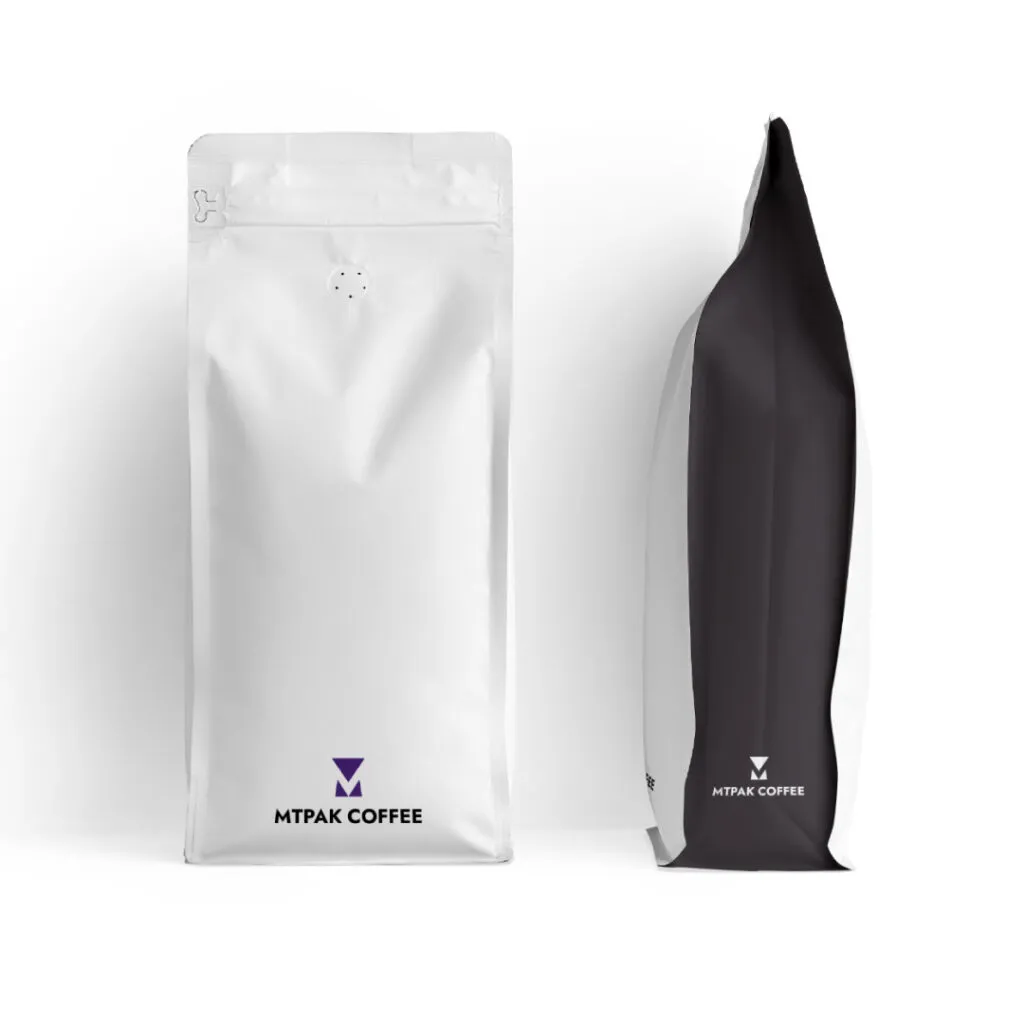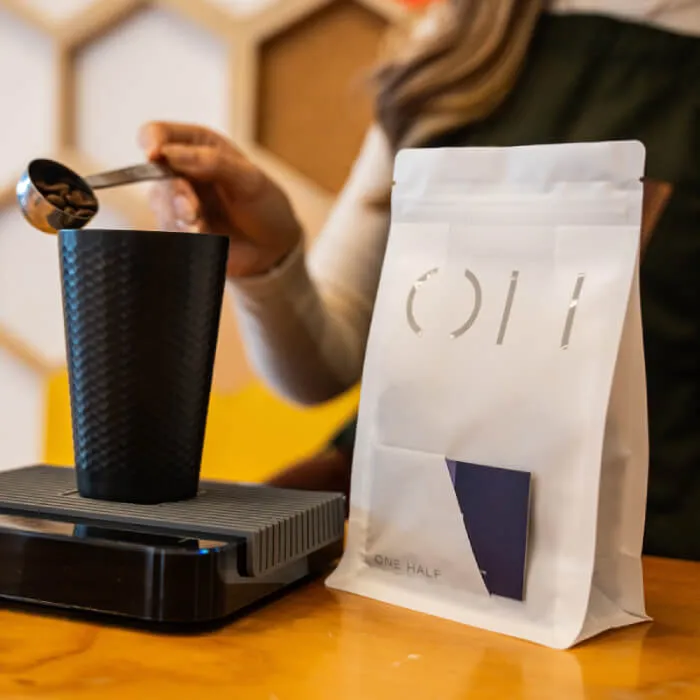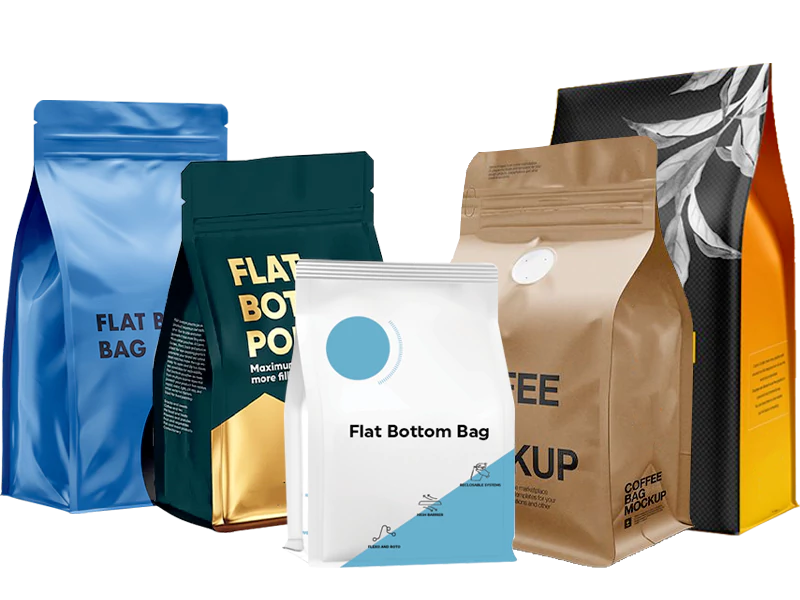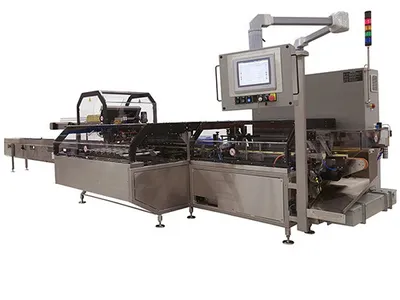Flat Bottom Pouch
Flat Bottom Pouch
FOB Price: USD 0.08-0.5 /Piece
MOQ: 15,000 Pieces
Supply Ability: 1,000,000 Pieces per Month
Payment Terms: L/C, D/A, D/P, T/T, Pay Pal, Wire Money, Money Group
Production Time: 30-45 days
In today’s competitive food and beverage market, the packaging is more than just a container, it’s a brand impression that’s made at first glance down every aisle. This article explains why flat bottom bags have become one of the hottest form factors going, how they stack up against other pouches, which industries are the biggest users of them and finally will provide some examples on how to customize your own bag.
MTPAK, a worldwide leader in flexible packaging, has long been providing customized solutions for coffee roasters, food brands, pet food producers. One of the most popular packaging types is the flat bottom bag. The unique structure of this style provides strength, printing space and many other features that make it quickly becoming an ideal choice for brands desiring both practicality as well as eye-catching on-shelf impact.
How Do Flat Bottom Bags Differ from Other Pouches?
Various types of flexible packaging each have their particular advantages, but flat bottom bags offer a unique mix of capacity, stability, and premium prestige. This detailed comparison will show you why:
| Feature / Type | Flat Bottom Bag | Stand-Up Pouch | Three-Side Seal Pouch | Four-Side Seal Pouch |
|---|---|---|---|---|
| Structure & Base | Rectangular base, stands firmly like a box | Rounded/gusseted bottom, less stable | Flat, sealed on three sides, no base | Flat, sealed on all four sides |
| Capacity | Larger volume, efficient stacking | Moderate capacity, less stacking space | Small volume, mainly single-serve | Moderate, but limited expansion |
| Shelf Presence | Premium look, 5 printable panels | Good shelf presence, 2-3 panels | Minimal presence, mostly for samples | Moderate, less branding space |
| Filling Process | Manual, semi-auto, or fully automated FFS | Compatible with automated filling | Mostly manual or basic filling machines | Automated possible but less efficient |
| Best For | Coffee, pet food, premium snacks, bulk items | Retail snacks, powders, beverages | Sachets, spices, trial packs | Ready meals, pharmaceuticals |
| Consumer Perception | Premium, stable, eco-friendly image | Convenient, accessible | Economical, simple | Secure, protective |
Which Industries Rely Most on Flat Bottom Bags?
Flat bottom bags are a practical packaging solution. They can be used in daily life by consumers and also serve well in specialized markets for hard goods. Different from common pouches, flat bottom bags can carry heavy items, help promote the brand, and are suitable for packing things like seeds. Here are some industries where they are widely used to keep products fresh:
Coffee
Flat bottom bags with one - way degassing valves are great for the specialty coffee industry. These valves let the gas out while keeping the coffee's aroma and taste intact.
Pet Food
They can handle the weight of pet foods such as dog and cat food. The bags are strong enough to hold these relatively heavy products.
Snacks & Nuts
The transparent windows on these bags allow customers to see the snacks or nuts inside. This helps build customers' trust and makes them more likely to buy.
Frozen Foods
The barrier layers in flat bottom bags prevent ice crystals from forming. As a result, the frozen produce stays fresh for a longer time and remains in good condition for sale.
Nutritional Supplements
Products like protein powders, which are high - density, can be transported more easily in flat bottom bags because of their larger capacity.
In short, flat bottom bags can be used for both ordinary consumer goods and technically functional products, showing their wide range of uses.
What Materials Work Best for Flat Bottom Bags?
Material choices can directly impact a product's safety, sustainability and what people think of it as well--choosing metal for the body of a smartphone is one choice that can ensure better durability on this front.
• Plastics and laminates, typically PE, PET, CPP combinations, have been widely accepted because they provide both long-lasting life as well robust barrier properties.
• Aluminum foil laminates offer protection against light, moisture and oxygen in levels far exceeding ordinary multi-layers, making them ideal for products meant to last longer on the shelf.
• Kraft paper laminates combine a natural, eco-friendly appearance with barrier layers like EVOH or PE for reliable performance.
• Bioplastics (PLA) offer compostable, plant-based alternatives, aligning with growing consumer demand for sustainable packaging.
It must be noted that all packaging material in contact with food must meet strict health and safety standards. Both the U.S. FDA and European Food Safety Authority (EFSA) regulated material migration safety thresholds. Brands making packages should be sure they've achieved international certification.
The manufacturer crafted flat bottom bags are some of A, available for customizing than any other type of pouch format.Some pouch packaging manufacturers offer a certain base level of options, but how much depth and flexibility in customizing varies greatly.Choosing a supplier therefore becomes for companies who want their packaging to truly reflect its own brand an important factor in brand identity.
1. Functional Features
Most companies can add resealable zippers or simple tear notches. But few offer compostable resealable zippers, degassing valves for freshly roasted coffee or ergonomic handles on large sacks. MTPAK provides a full range of functional extras, so every bag it manufactures not only protects your product but also adds value to the consumer experience.
2. Structural Design
Many suppliers supply simplified laminates in order to reduce costs, but these can sacrifice durability under heavy loads such as pet food or bulk powders. MTPAK uses multi-layer structures—including replicate barrier layers and sealant films—that balance protection with performance on automated filling lines, minimizing storage space and preventing leakage or tearing during transport.
3. Printing and Branding
Digital printing is still not universally available from flat pouch packaging manufacturers and many require not inconsiderable minimum order quantities for custom graphics. By contrast, MTPAK offers digital, flexographic and rotogravure printing, so you can start as few as 1,000 units while maintaining top-quality finishes like matte varnish, soft-touch coatings, metallic foils or spot UV.
4. Sustainability Options
"Eco-friendly" pouches, promoted by certain producers, may simply imply a kraft paper laminate without any third-party certification. MTPAK will only sell validated sustainable solutions, eg FSC-certified kraft and recyclable monomaterial laminates using LLDPE. And it will eventually replace all conventional barrier materials while utilizing biodegradable PLA or PHA bases that meet FDA, EFSA and ASTM standards. This means that brands can wholeheartedly convey their green claims to consumers who care deeply about the environment.
5. Filling and Sealing Methods
The process of filling and sealing is still important for product freshness and ensuring that there is no food safety breach. In terms of start-up and small batch producers, it has been proved that the manual filling heat sealer is the most easy pure need and low cost versatile means option that is a real practical kind of solutions. On the other hand, the larger working units are controlled by automated Form-Fill-Seal (FFS) machines. These machines ensure uniformity and speed. Canning and bottling can be used as an example. In contrast to other industries, long lived products have special methods of packaging:
• Aseptic filling
Mainly used in the dairy and juice industries, this allows the customer to store their products for eighteen months and sterilizes both packing machinery as well as product.
• Retort packaging
Used in ready meals and fresh meat; Retort packaging uses heat-resistant laminated films which are capable of withstanding sterilization.
• Hot filling
Perfect for acidic drinks such as fruit juice and citrus fruits, this method achieves good taste making the turn down in quality of much less than what it would have been at high cost.
6. Printing Techniques for Flat Bottom Bags
Printing is where brands can truly differentiate themselves.
• Flexographic printing is best suited for large orders, but is more limited in terms of design.
• Rotogravure printing makes colors vibrant and images sharp, which is why this process remains popular for high - quality packaging.
• Digital printing is the most flexible form of printing. With no plate costs and quick turnarounds (great for limited runs, seasonal promotions, or individualized packaging).
It's noteworthy that a brand owner's choice of printing process hinges on the volume, cash outlay and level of design sophistication required for each particular job. Today, many brands use a combination of printing procedures. They may use digital technology for short runs, and switch to rotogravure once production volumes grow.
How to Choose the Right Flat Pouch Packaging Manufacturer?
Only by partnering with the right manufacturer will the batch-to-batch consistent quality and on-time deliveries which you need as a brand be possible. Brands should evaluate suppliers based on:
• Material compliance with FDA and EU regulations
• Sustainability credentials, such as FSC or PEFC certifications and compostable options
• Printing capabilities for both small runs and large projects
• Lead times, with reliable partners offering samples within 7–14 days
• Technical support, including structural design advice and material testing
Building on more than a deade of experience, today MTPAK is helping brands worldwide to deliver packaging solutions that balance performance with sustainability and visual impact.
Frequently Asked Questions (FAQ)
What is a flat bottom bag?
A flat bottom bag is a flexible packaging with a rectangular base, it has seams on its bottom and opening which enable to stand upright, maximize volume available for contents storage, create multiple surfaces offer even more choices for branding
Can flat bottom bags be sustainable?
Yes. Brands can use compostable PLA, FSC-certified kraft paper, or recyclable films in order to reduce the environmental impact of the product while keeping good performance.
What products are flat bottom bags commonly used for?
They are widely used for coffee beans, pet food, snacks, frozen food and nutritional powders.
Conclusion: Why Partner with MTPAK for Flat Bottom Bags?
Flat bottom bags combine stability, high capacity, and strong branding potential. More and more sectors are turning to them as a popular choice. With careful selection of materials, customizable solutions, as well as printed design-year on each packet we protect not only product but also chance for consumers perception. As one of the top flat pouch packaging manufacturers, MTPAK supplies printing services and designs with green materials.
Ready to elevate your brand with custom flat bottom bags? Contact MTPAK today account@mtpak.com for samples and quotes.





